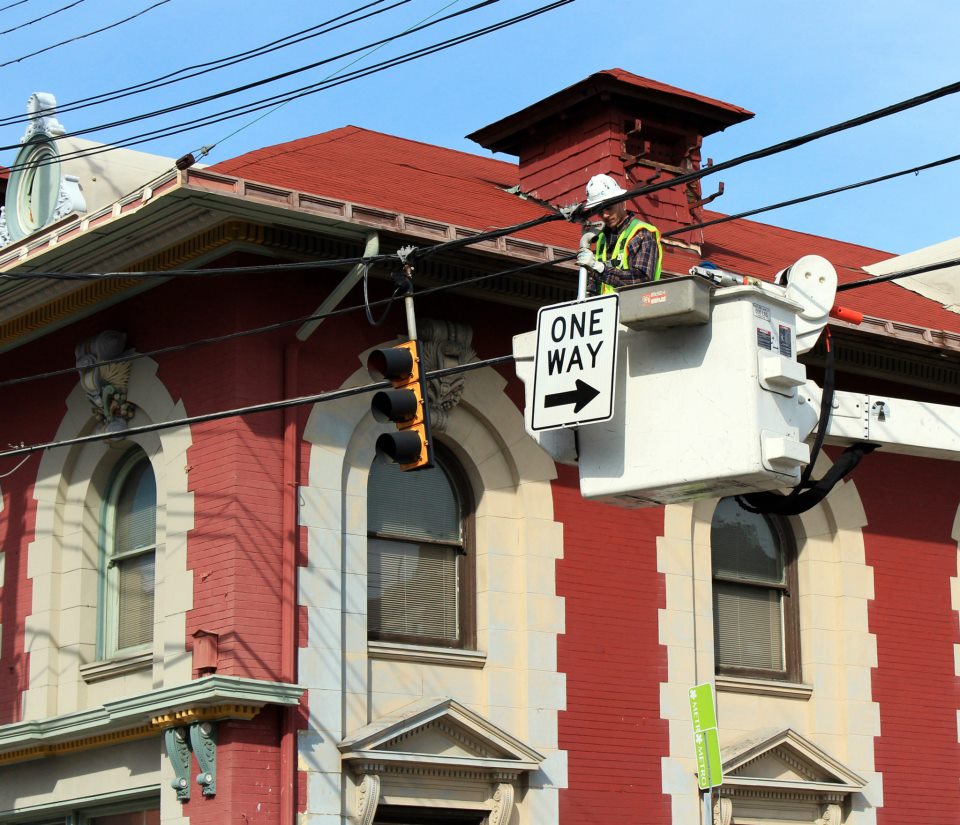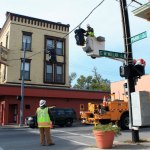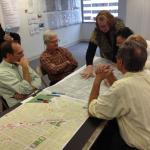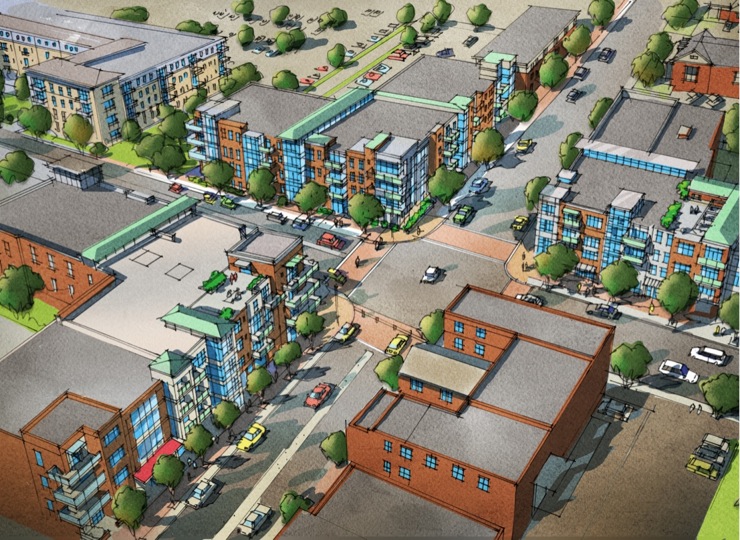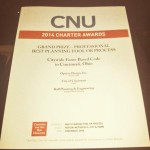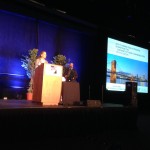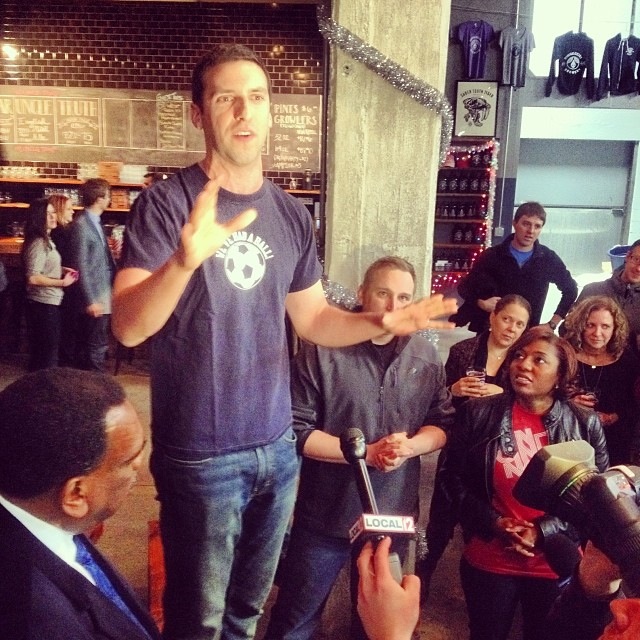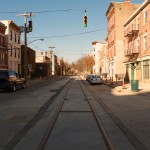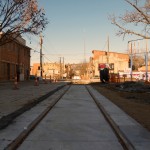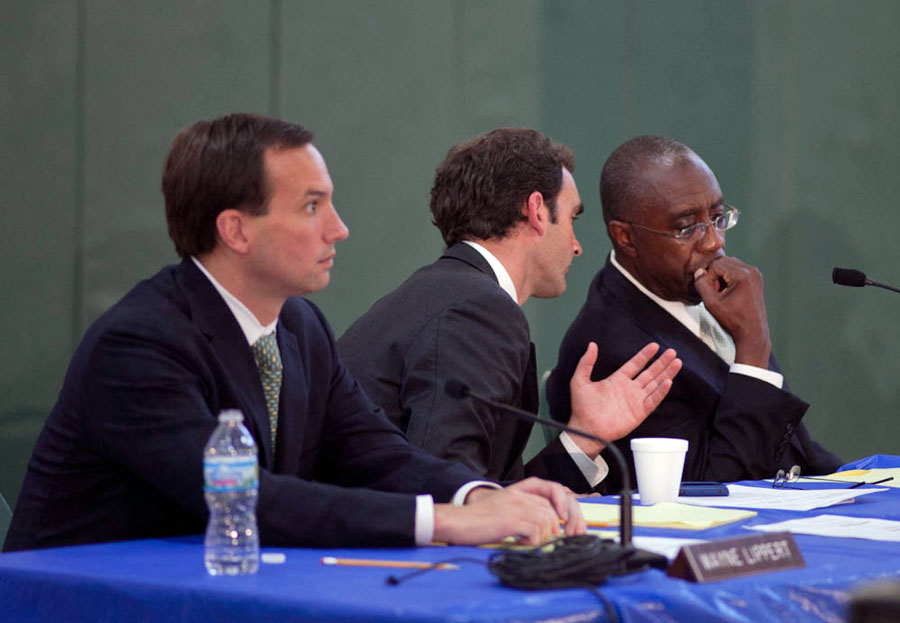City officials are moving forward with potential changes to E. McMillan Street and William Howard Taft Road in East Walnut Hills. The proposed changes are a continuation of other improvements that have been made in the area in recent years, and will be presented to the public at an open house meeting on Tuesday, November 18.
Developed by planners and engineers at Cincinnati’s Department of Transportation & Engineering (DOTE), the improvements being considered include two-way street conversions of E. McMillan Street and William Howard Taft Road between Victory Parkway and Woodburn Avenue, and Woodburn Avenue between E. McMillan Street and Taft Road.
The proposal is an extension of two other two-way street conversions that were completed in 2012.
According to community leaders, the projects are seen as an opportunity to better connect the business districts of Walnut Hills and East Walnut Hills.
“The two-way conversion would make the two neighborhoods much more connected and make the distance between DeSales Corner and Peeble’s Corner more walkable,” explained Kevin Wright, Executive Director of Walnut Hills Redevelopment Foundation. “Our goal is to make the two districts more connected. Imagine grabbing a pizza at Fireside and then walking down to Myrtle’s Punch House, with a stop at Brewhouse along the way.”
The idea of converting one-way streets to two-way travel is one that has been gaining traction nationwide amongst residents and business owners looking to slow traffic and improve access within their communities.
While former Cincinnati Vice Mayor Roxanne Qualls (D) had pushed for the conversion of the one-way streets in Walnut Hills to two-way travel, there have also been a number of other conversions throughout Over-the-Rhine in recent years, including the ongoing effort to transition Main Street back to two-way traffic.
City planners, however, say that the two-way street conversions are not the only improvements being proposed. Other components include the typical streetscape enhancements, as well as some gateway features for the neighborhood business districts. All of the proposed changes, they say, are the result of recent conversations and feedback from neighborhood residents and stakeholders.
“The stretch of McMillan between Park Avenue and Woodburn, currently, is very auto centric,” Wright conceded. “Our hope is that this is one of many changes that will be put in place over the next few years to make that area more walkable.”
Greg Koehler, Senior Economic Development Analyst at Cincinnati’s Department of Trade & Development, says that the open house will be held at the Keller Student Center at St. Ursula Academy. The event will run from 5:30pm to 7:30pm. Official presentations will be made at 5:45pm and 6:45pm, but City staff will be on-hand throughout the entire meeting to answer any questions regarding the plans.
City officials were unable to provide UrbanCincy with the drawings of the proposed changes ahead of the meeting. Those interested in reviewing the detailed plans are encouraged to attend the open house scheduled for Tuesday, November 18. The meeting location is highly accessible via Metro bus service, and free bike parking is located at the school.
